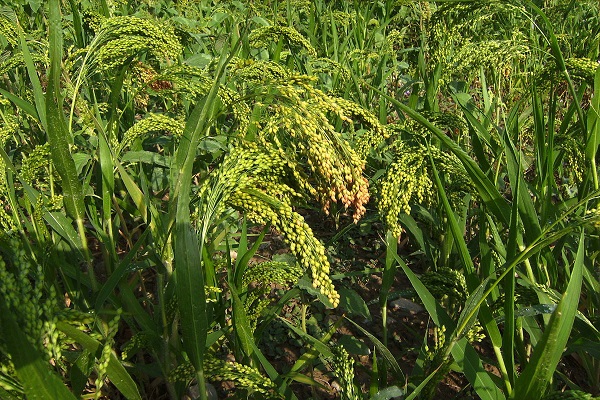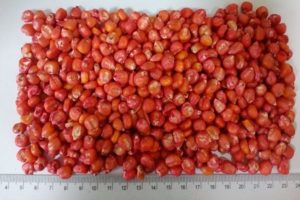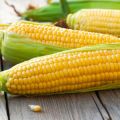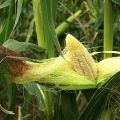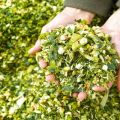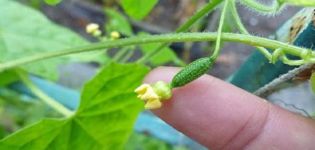The best predecessors of maize in a crop rotation that can be planted after
The predecessors of maize provide a harvest of quality grain. This crop is not the most capricious crop rotation. It does not accumulate disease (with the exception of fusarium). Pests of other crops have little interest in corn.
It is much more important to sow it within the time frame specified for the region. Competent soil preparation, adherence to temperature and humidity conditions will allow gardeners to grow high-quality edible or feed corn.
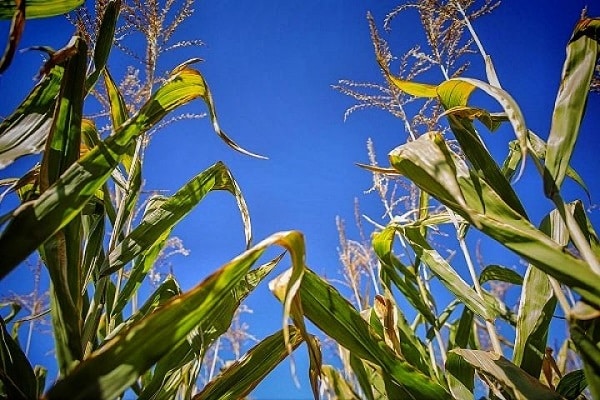
When placed after grain crops, the damage to plantings by nematodes is reduced. Experienced gardeners know that maize does not impair soil fertility. After harvesting, enough organic residues remain in the ground. When decaying, they saturate the soil with nitrogen.
The place of corn in the crop rotation is difficult to overestimate. Sometimes there are no regular crops in the garden. But to improve the soil and free it from weeds, it is useful to plant maize in problem areas.
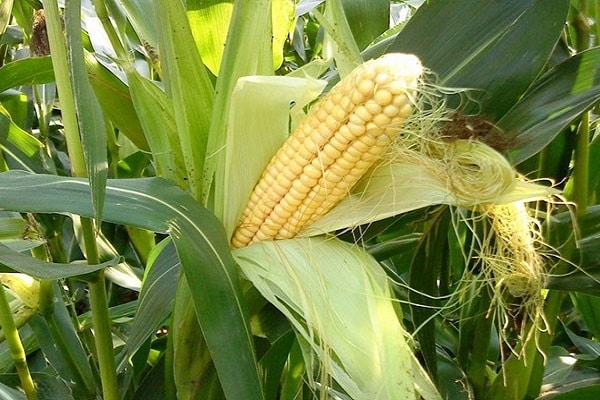
Why is crop turnover needed?
Maize can be sown after maize for 2–3 years. But to restore the fertility and structure of the soil, a balanced composition of the flora, it is recommended to adhere to crop rotation.
The alternation of plants is economically beneficial for the gardener. The required structure is given to the earth, fertility is restored. At the same time, little effort is spent. When alternating plantings, the gardener gets the opportunity to intelligently use small summer cottages.
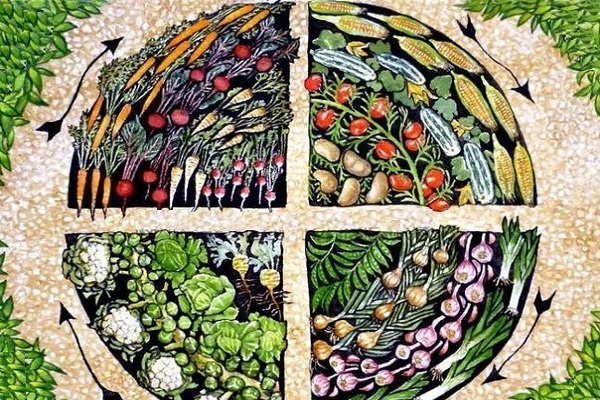
Maize has a taproot system. Planting loosens the soil to a considerable depth. In the process of development, the culture oppresses the weeds. The soil is freed from harmful annual plants.
Corn is demanding on the structure of the soil. Preparation for sowing necessarily involves digging, loosening, disking. After these operations, the bed is freed from perennial weeds. The gardener gets perfect land without the use of herbicides.

What to plant after corn?
Remember: Maize is a powerful plant. It has a highly developed ground part. It is cleaned at the end of the season. Branched roots that go deep into the soil remain in the soil. They decompose slowly.
To saturate the soil with organic matter, their complete decomposition is required. This is achieved by thorough loosening of the soil. The purpose of the procedure is to crush the residues well. The bacteria will do the rest. The gardener will receive a prepared bed for subsequent plants.

What to plant?
Agronomists advise the following year after maize to place:
- Cereals, winter crops. After corn, the damage to plantings by nematodes decreases. But at the same time, fusarium disease is possible. Dull cultivation of ridges leads to the formation of mycotoxins in the grain.The diseases of the region should be taken into account. Corn is a conduit for some viruses (dwarf mosaic).
- Beets (table, sugar, fodder). After maize he feels great: nematodes no longer disturb crops. But at the same time, beets are affected by root rot. They are caused by mushrooms. To prevent trouble, it is recommended to finely chop the stems, carefully embed the residues in the soil. This measure will destroy the fungi colonies in the soil.
- Can plant peas, horse or black beans. They will give a good harvest on ridges clean of weeds, saturate the soil with nitrogen. This will make her healthier.
- Sunflower will be good after corn. He will like deeply loosened, fertilized soil. Both crops love sunny, well-heated areas. The soil moisture requirements are identical.
- The freed piece of the garden will be decorated with plantings of one-year (red) flax. But this plant loves wetter soils.
- Potatoes. Grows well after planting corn for grain and for silage. The culture responds well to loose soils with a large amount of organic matter. But additional introduction of the mineral complex is required.
Some gardeners sow green manure: clover, alfalfa, lupine. For gardeners who have pets, the measure is justified: herbs are used for feed and at the same time for improving the land. Be careful: these followers can clog clean soil.
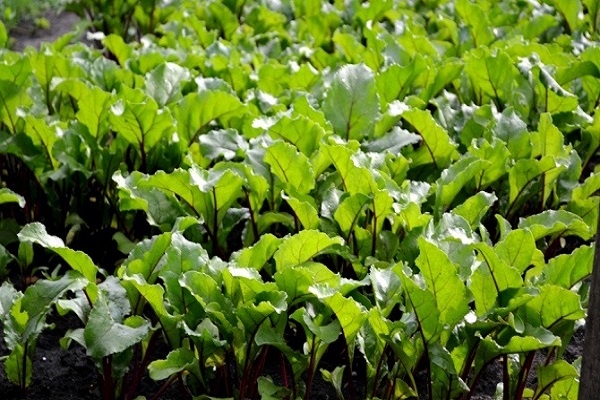
What can be planted in front of corn?
An experienced gardener knows: it is not ideal predecessors that are important for corn, but competently prepared soil, no weeds and adherence to planting dates. Given a sufficient number of planting areas, the best results are obtained when placing:
- melons (zucchini, pumpkins, watermelons, melons);
- legumes (peas, beans, beans);
- potatoes;
- canteen, fodder, sugar beet;
- ears and grain crops.

In regions with insufficient rainfall, maize is not sown after sunflower and beet. Heliotrope clogs the ridges with spilled grain. Both crops deplete and dry the soil to a depth of 30 cm.
Small vegetable gardens can grow corn in one place for several years. For gardeners with pets, the following placement schemes apply:
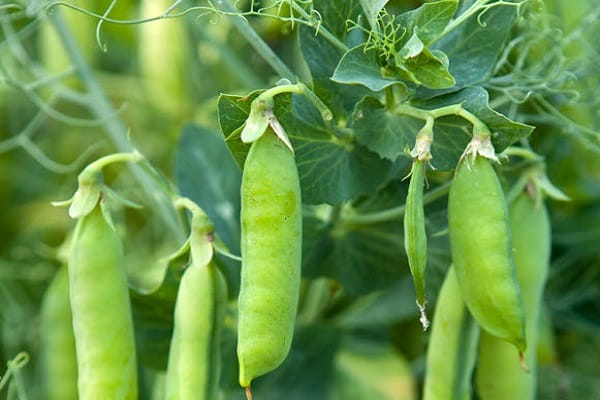
- 3 years in a row corn, then peas or beans;
- 3 years in a row corn, then wheat.
In the fifth year, the crop rotation is repeated. But good harvests can be obtained only with the timely introduction of organic and mineral fertilizers. It is convenient to lay planting near the place where animals are kept. This will reduce labor costs for transporting organic fertilizers.
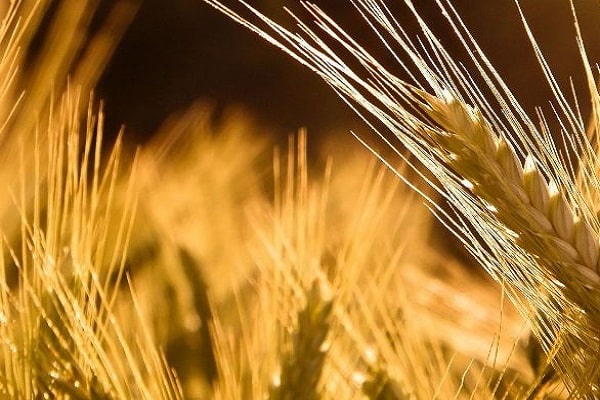
What do predecessors depend on?
The crop rotation assumes the presence of plants, after which the crop gives the maximum yields. Maize can withstand monoculture for a long time. This is due to the presence of a huge mass of organic matter in the soil after harvest.
The best predecessors for corn depend on the growing region. This is due to the peculiarities of the soil, climate, precipitation.
In the steppes, the highest yields are obtained after planting after winter wheat, barley, melons and gourds. A valid predecessor is corn.
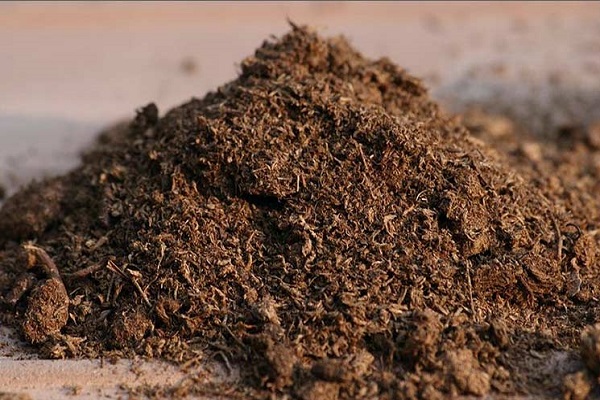
In the northern steppe regions, moisture is higher. It's easy to grow a good harvest there using industrial technology. Its essence lies in the rational use of monoculture while observing the rules of agricultural technology. Good predecessors are winter wheat after black fallow.
In the forest-steppe zone, the ideal predecessors are: legumes, corn for grain, potatoes. In areas with high moisture content (north, northwest), the best yields are grown beets. But it should be harvested early: it takes time to prepare the soil.
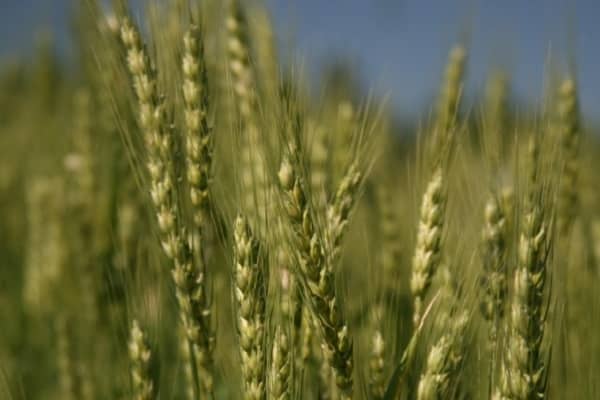
In the middle lane, plants planted after potatoes, winter crops, and corn for silage give a sufficient amount of grain. It is they who are placed in front of the maize in this region. This is done in areas with artificial irrigation of crops.
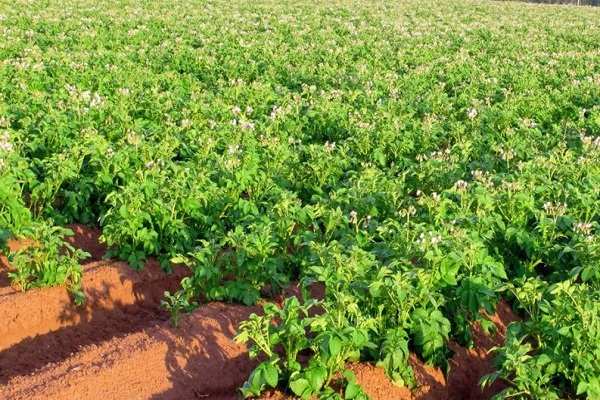
Unwanted predecessors
Maize can withstand monoculture for several years. Yields are not reduced (subject to growing rules). But experienced gardeners know: there are predecessors undesirable for maize. I planted it after millet or sorghum, don't expect a harvest!
All three cultures share common diseases. They are the "hosts" of viruses. Alternating creates a green bridge. The infection moves along it with ease and affects first the green parts of the plants, and then the grain. Pests also love them equally.
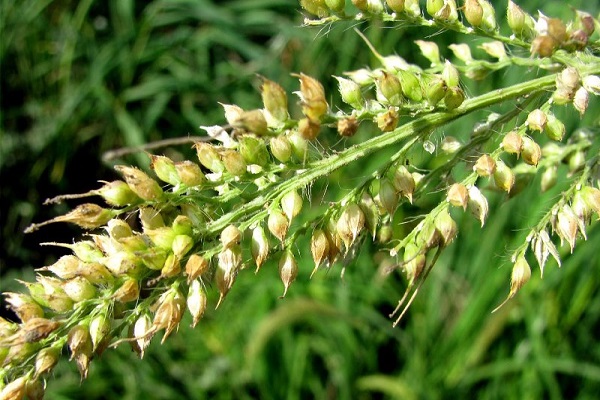
Few plants improve soil condition after harvest. Maize is one of them. Growing it in the country is useful. Subject to the rules of cultivation, labor costs are insignificant.
To get good harvests, the gardener should know the place of corn in the crop rotation. Taking into account the peculiarities of growing crops will allow rational farming. Even in small areas, you can plant a little, and get enough.
